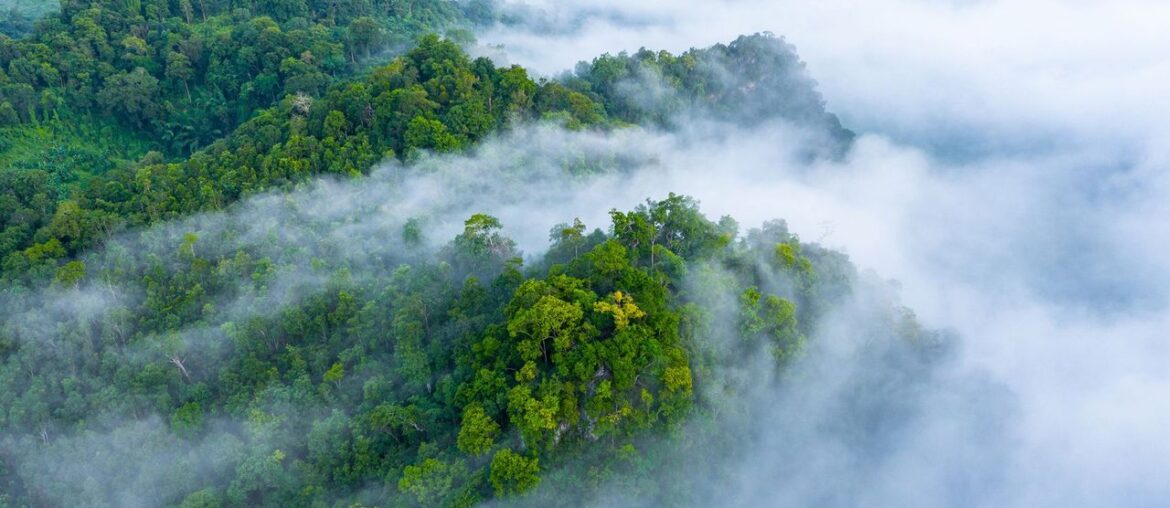Not all trees are created equal, in terms of carbon sequestration, at least. A common misconception is that tree-planting is equal to offsetting climate change.
However, planting trees with lower carbon storage capacity takes away the resource for actually good ones. This lowers the carbon sequestration efficiency of many tree-planting projects.
So, which trees are best for carbon sequestration? In today’s article, you’ll find out which trees you should be planting more of.
Which qualities make a good carbon sequestration tree?
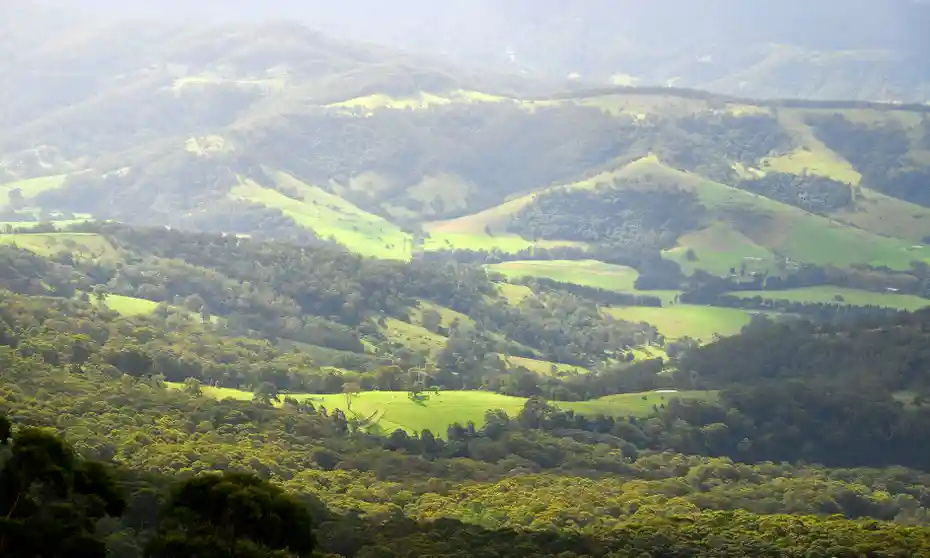
To understand what makes a tree “good” for carbon sequestration, first you need to know what carbon sequestration means.
Carbon sequestration is the ability to absorb or store carbon dioxide from the atmosphere. Through photosynthesis, trees absorb carbon dioxide from the air and release oxygen, storing the carbon dioxide in their wood.
According to the USDA, a mature tree can sequester 48 pounds of carbon dioxide a year. Despite the technological advances, tree-planting is still the most efficient carbon sequestration method.
What carbon sequestration tree species are the best?
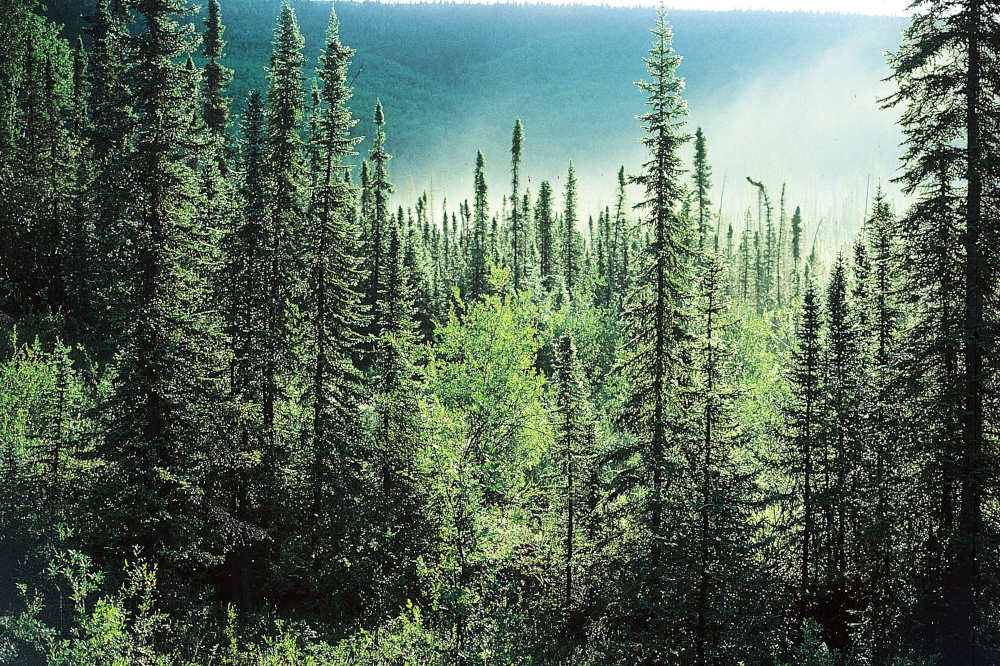
If manners make men, what makes a good carbon sequestration tree?
In general, certain species of trees are leagues ahead of others in carbon capture and storage. When planted together, they create carbon sinks, absorbing more carbon than they release. Some species of trees that make good carbon sinks when planted in large groups are:
Mangrove: Mangroves act as a carbon sink by mitigating greenhouse gas emissions. This is because mangroves can sequester four times more carbon dioxide than rainforests. In fact, each tree in a mangrove can absorb up to 0.3 tonnes during its 25-year lifespan.
Popular mangrove options for tree-planting projects:
- The Red, Black, and White Mangrove: Any one of these mangrove trees can absorb 4,978 pounds of carbon dioxide per acre.
- The Buttonwood: The Buttonwood is less efficient in carbon sequestration. The species can take away only 17 pounds of carbon dioxide per acre.
Deciduous: Deciduous species have some of the densest wood among trees, leading to a larger carbon storage capacity. Furthermore, their large canopies are optimized for photosynthesis. This makes them an ideal option for reforestation projects.
Some deciduous species to consider:
- The Scarlet Oak: Known as the best carbon sequester, the Scarlet Oaktree is a usual pick for both reforestation projects and urban tree planting. Due to their size, you can find them in your city or town’s park.
- The Horse Chestnut: growing up to 128 ft, the Horse-Chestnut has a large canopy, leading to better carbon dioxide-to-oxygen conversion.
- The London Plane: This is a popular option for urban planners. The London Plane is resistant to many threats: cold, pollution, and root-cramping.
- The Silver Maple: this tree can store up to 25,000 pounds of carbon dioxide in the span of 55 years.
Coniferous: Coniferous trees are another tree species known for carbon capture and storage. While not as efficient as deciduous trees, they absorb 50% less carbon dioxide. In fact, coniferous trees have been known to sequester up to 269% of carbon dioxide over 100 years.
Some coniferous species to consider:
- The Pine genus has the best coniferous trees at carbon sequestering. These species are best planted in forests, thus making them a good choice for reforestation projects.
- The Red and White Ponderosa: the Ponderosa pines can store up to 6.7 tons of carbon dioxide per acre.
- The Hispaniolan Pines: Currently on the red list of threatened species, planting more Hispaniolan Pines can offset climate change and save the species.
- The Blue Spruce: The Blue Spruce can grow up to 75 ft, and is native to North America.
Evergreen: While evergreen trees are known to have the lowest capacity for carbon sequestration, they still do a decent job. Due to their aesthetic, evergreen trees are a popular tree-planting option for urban planners.
Top picks for efficient carbon-sequestering evergreen trees:
- The Bald Cypress: Native to the US’s southeastern regions, one Bald Cypress can store up to 2.2 pounds of carbon per year.
- The Bull Bay Magnolia: The largest evergreen tree, a Bull Bay Magnolia averagely absorbs up to 17,800 lb of carbon dioxide per year.
Which qualities should a good carbon sequestration tree have?
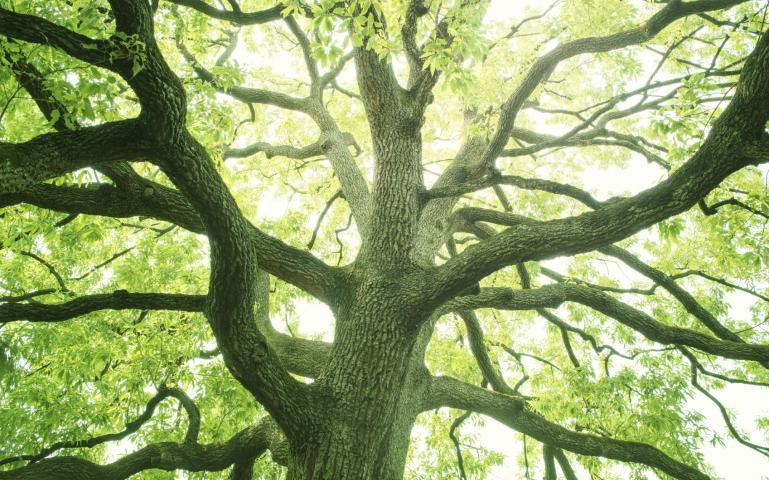
While reforestation and tree-planting are the cornerstones of offsetting climate change, aimlessly planting trees is a waste of good resources. To optimize for carbon sequestration, the trees you choose should fall into one of these groups:
Fast-growing trees: One of the main factors that affect carbon sequestration is a tree’s maturity. Matured trees have more wood and bigger size, leading to more efficient photosynthesis. Thus, a mature tree can sequester more carbon dioxide than a sapling.
Some fast-growing trees include:
- Dawn Redwood: One of the fastest-growing trees, the Dawn Redwood can grow 4 ft per year.
- Pin Oak: Most seen in the Eastern part of the US, the Pin Oak can grow 2.5 ft per year.
- Paper Birch: With a trunk growing to 60 cm in diameter, the Paper Birch can reach 1.5 to 2 feet per year.
Long-lived trees: The longer a tree lives, the bigger a tree becomes. This leads to more wood, bigger foliage, and better efficiency at carbon sequestration. They also take longer to die, meaning it will be some time before their stored carbon dioxide is re-released into the atmosphere.
The top long-lived trees include:
- The Douglas Fir tree: With a lifespan near 1,200 years, the Douglas fir tree can reach a diameter of 220 feet with a width of 14 feet.
- The Bristlecone: One of the oldest living trees on Earth, the Bristlecone can live up to 5,000 years, and can reach 15 to 50 ft. in height.
- The Magnolia: A popular evergreen tree, the Magnolia can grow to 80 ft. tall in southern US states, and can live up to 120 years.
Trees with larger leaves and wider crowns: Trees that have better efficiency at photosynthesis will have better carbon sequestration capacity. This is due to trees with large leaves and wide crowns having a bigger exposure to sunlight, which facilitates photosynthesis.
Some great trees with larger leaves and wider crowns:
- The Great Banyan Tree: One of the trees with the biggest canopies, the Great Banyan Tree has a canopy span of 156,000 square ft.
- The Coolibah: The Coolibah has a large-growing shade, commonly reaching 239 square ft.
- The Sand post oak: This tree has a crown span of 181 square ft, and is a native species in Florida.
Low-maintenance and disease-resistant trees: Low-maintenance and disease-resistant trees are top picks for tree-planting projects. Not only because these trees are cost-effective, but also have a higher survival rate. This leads to longer lifespans for trees.
Some low-maintenance and disease-resistant trees include:
- The American Yellowwood: One of the most pest and disease resistant trees, the American Yellowwood requires minimal care. Being a drought-resistant tree, it is a good option for drought-prone areas.
- The Crepe Myrtle: Another pest-resistant tree, the Crepe Myrtle also has beautiful blossoms, making it a good option to plant in urban areas.
- The Redbud: The Redbud is almost indestructible. It is pest-resistant, drought-resistant, heat-resistant, and insect-resistant, leading to an incredible survival rate.
Native species: When choosing trees for tree-planting projects, it’s best to select trees that are native to the areas. This largely increases their survival rate and growth rate, due to having adapted to the area’s climate and soils.
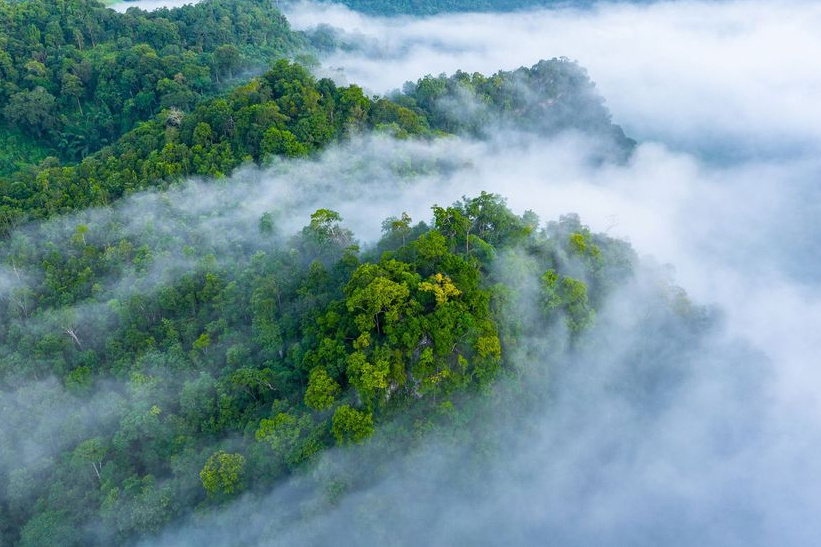
Due to trees’ unrivaled ability to sequester carbon dioxide, planting them has long been acknowledged as an effective way to offset climate change. Or is it?
Detractors have made claims that tree-planting does not affect climate change in the slightest. This is partially true, as aimless reforestation cannot avert climate change. Instead, tree-planting initiatives and ENGOs should focus on carbon sequestration trees instead, for maximum efficiency in carbon sequestration.
As a tree-planting initiative, Tenere is proud to endorse tree-planting projects worldwide. For each purchase you make, a donation will be made to a trustworthy tree-planting project.

